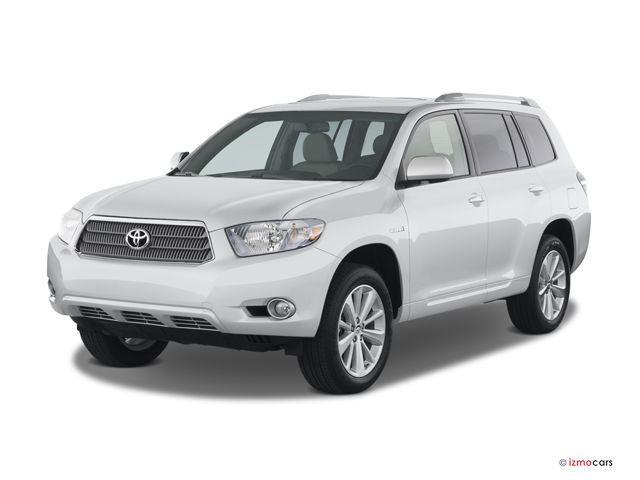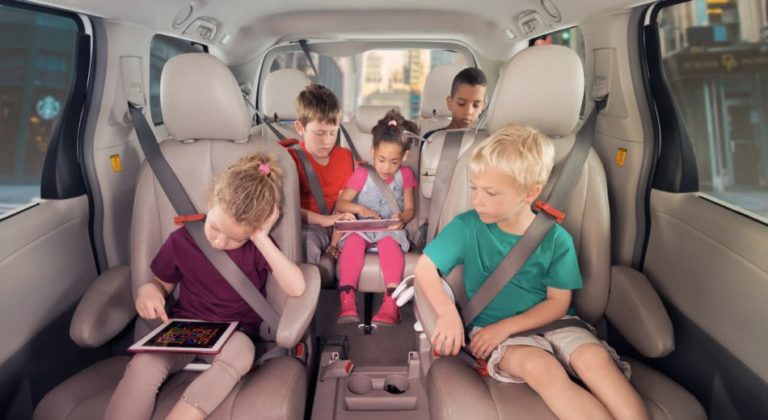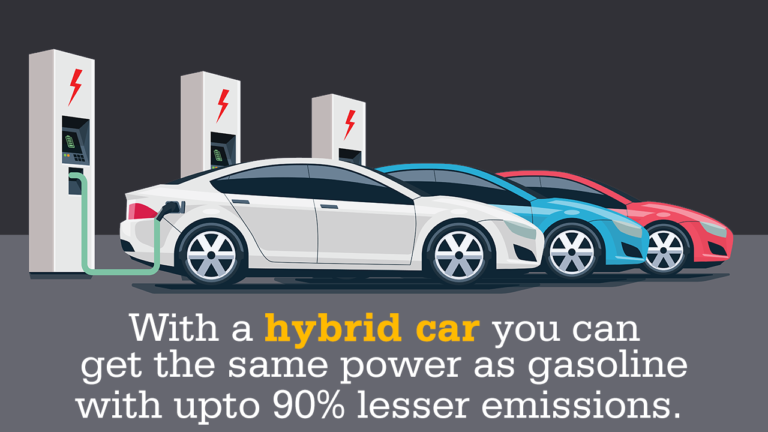The New ’08 Highlander is Larger Yet More Economical
The Interior and Safety
Inside, this all-wheel-drive 4×4 is conventionally designed, it’s heated and power-operated cloth captain’s chairs cradling both the driver and passenger. Its step-in height reflects 7.3 inches of ground clearance. Analog gauges and a tiny backup camera screen dot the faux wood dash. A dust-and-pollen filter equipped air conditioner to keep this truck cool but on warm evenings the moonroof can be opened to let in cool breezes.
In back, the rear bench folds flat (a third seat is optional) and is usable by adults. As one might expect there’s also plenty of storage space. A between-seats console, large glove box, lots of nook and cranny storage plus lighted sun visors are conveniences. Quick ratio electronic power/tilt steering and power four-wheel disc brakes with ABS are standard. Twin front, side, side curtain and knee airbags contribute to safety; the cupholders are adequate and power takeoff points are useful. Keyfob entry, power windows, electric mirrors and locks, daytime running lights, cruise control, a tire pressure warning system, a full-size spare and an AM/FM/CD sound system with marginal fringe pulling power are standard. Vehicle Stability Control, Emergency Brake Distribution, and Traction Control are also built in.
Under the Hood
The 4,508 pound Highlander, about 330 pounds more than non-hybrids and close to last year’s weight, uses a 3.3 liter “6” with four valves per cylinder and variable valve timing. With the electric motor humming (the gas engine keeps the electric one supplied with juice, so no need to plug it in) horsepower is 270. That’s also about the same as ’07. As measured on a Belkin accelerometer during the week-long test period you’ll find the Highlander moves from 0-60 in 7.7 seconds. Again that’s near the same as ’07. Fuel economy was observed at 25 city and 24 highway (EPA 27/25), about six miles per gallon more than gas versions. It’s also a mile per gallon better in real-world driving than last year. Don’t be puzzled by the city/highway mileage inversion: it’s typical of hybrids.
The Highlander employed a continuously variable automatic transmission. It isn’t noticeably different from standard units and shifted perfectly. The tranny offered “Economy” and similar shift modes, none of which were particularly useful. There’s also an “EV” switch which lets you manually fiddle with various economy and acceleration settings. It’s best just to leave it alone as it doesn’t seem to do much. Remember the Highlander is full-time all-wheel drive and there’s no transfer case for hardcore off-roading. The Highlander will, however, easily handle inclement weather.
Handling and Ride
Turning to handling, you’ll find the Highlander’s tossibility excellent. Though talking about big truck handling, and particularly cornering, is almost ridiculous you’ll have only one complaint: slippery tires. The turning circle, at 39 feet, is best in class. Towing capacity is 3,500 pounds.
The Highlander’s ride is family-friendly. Its four-wheel independent suspension is well suited to both cratered city streets and smooth highways. Based on the Camry sedan, its underpinnings worked well.




